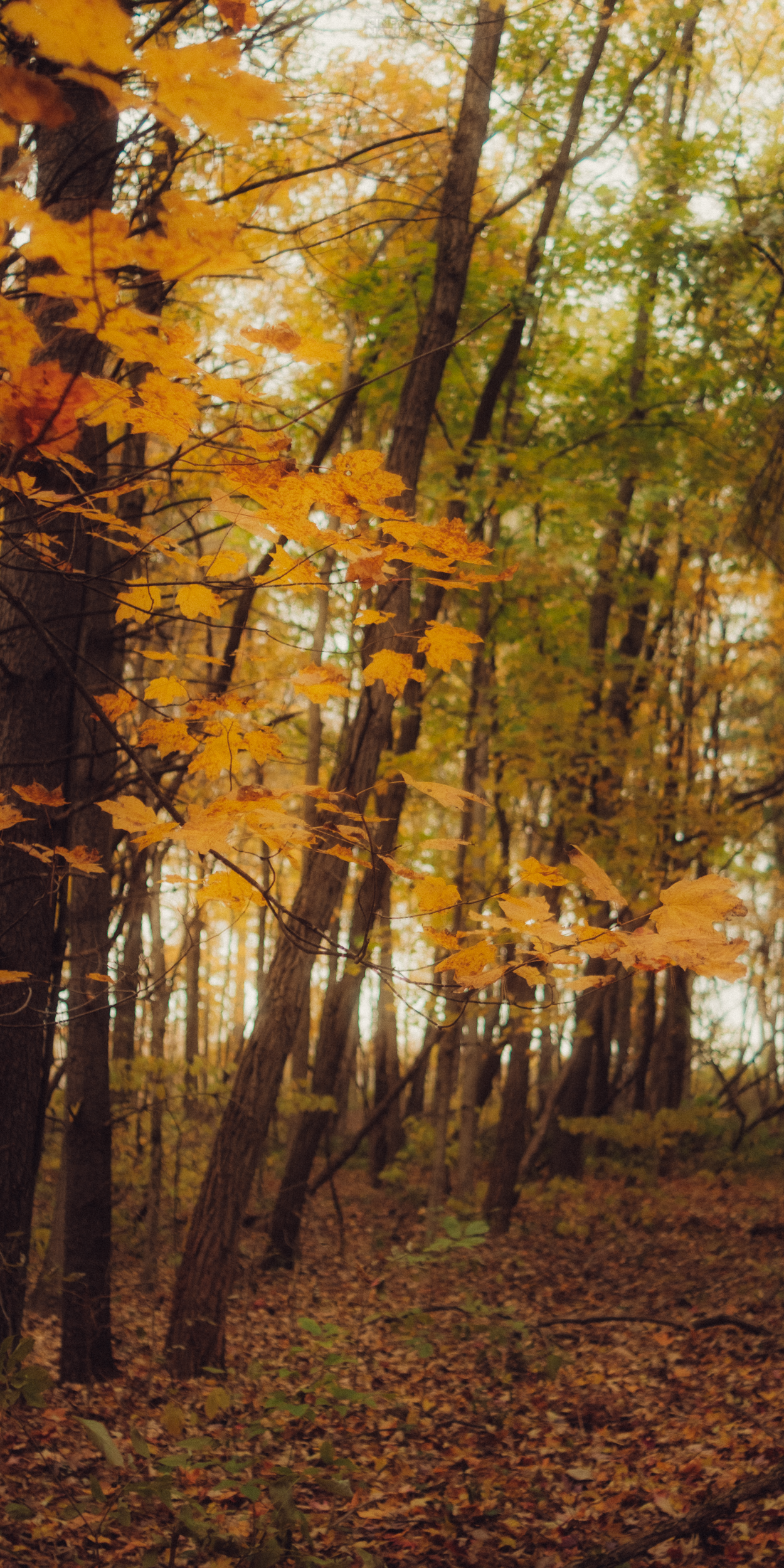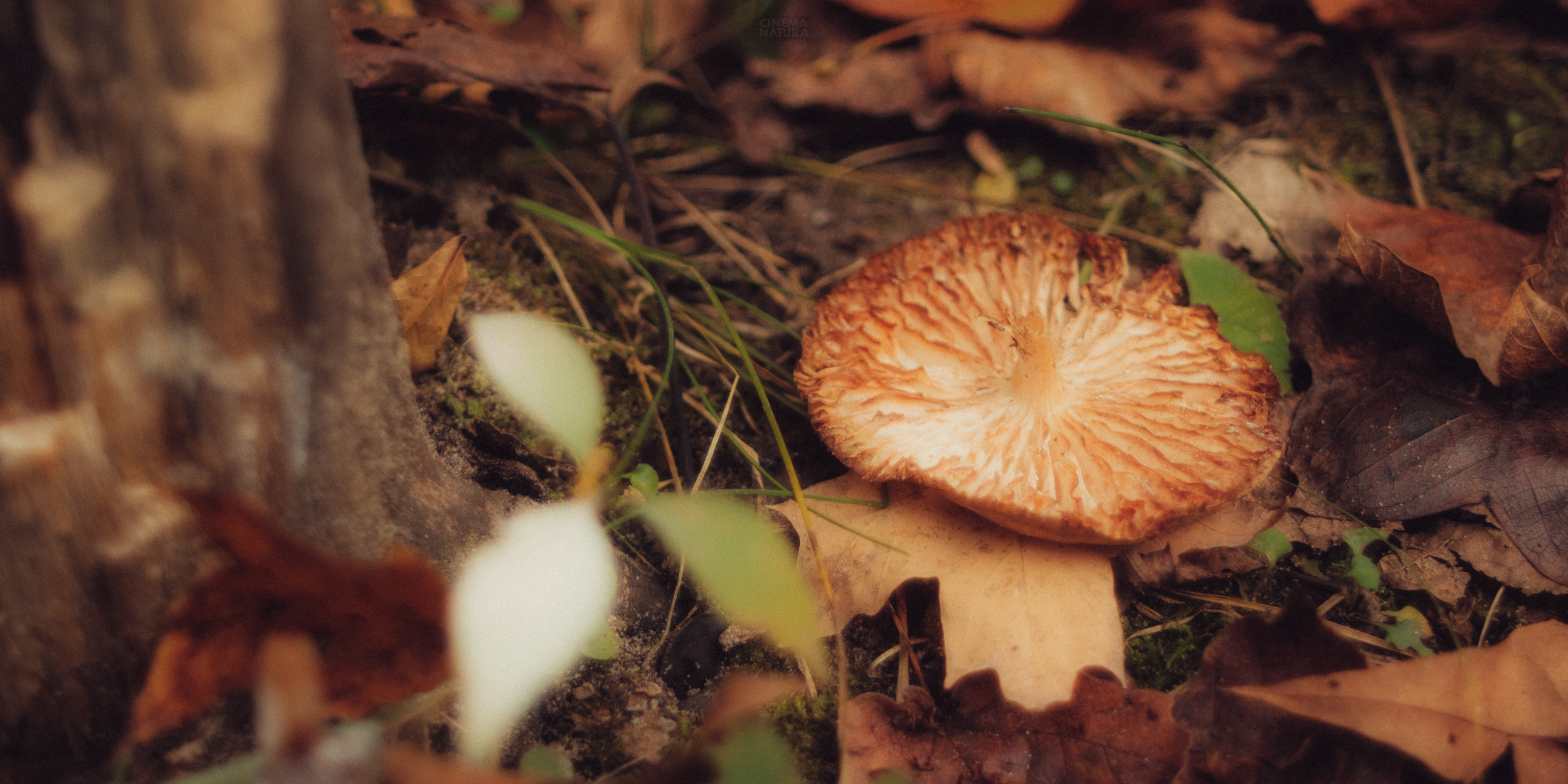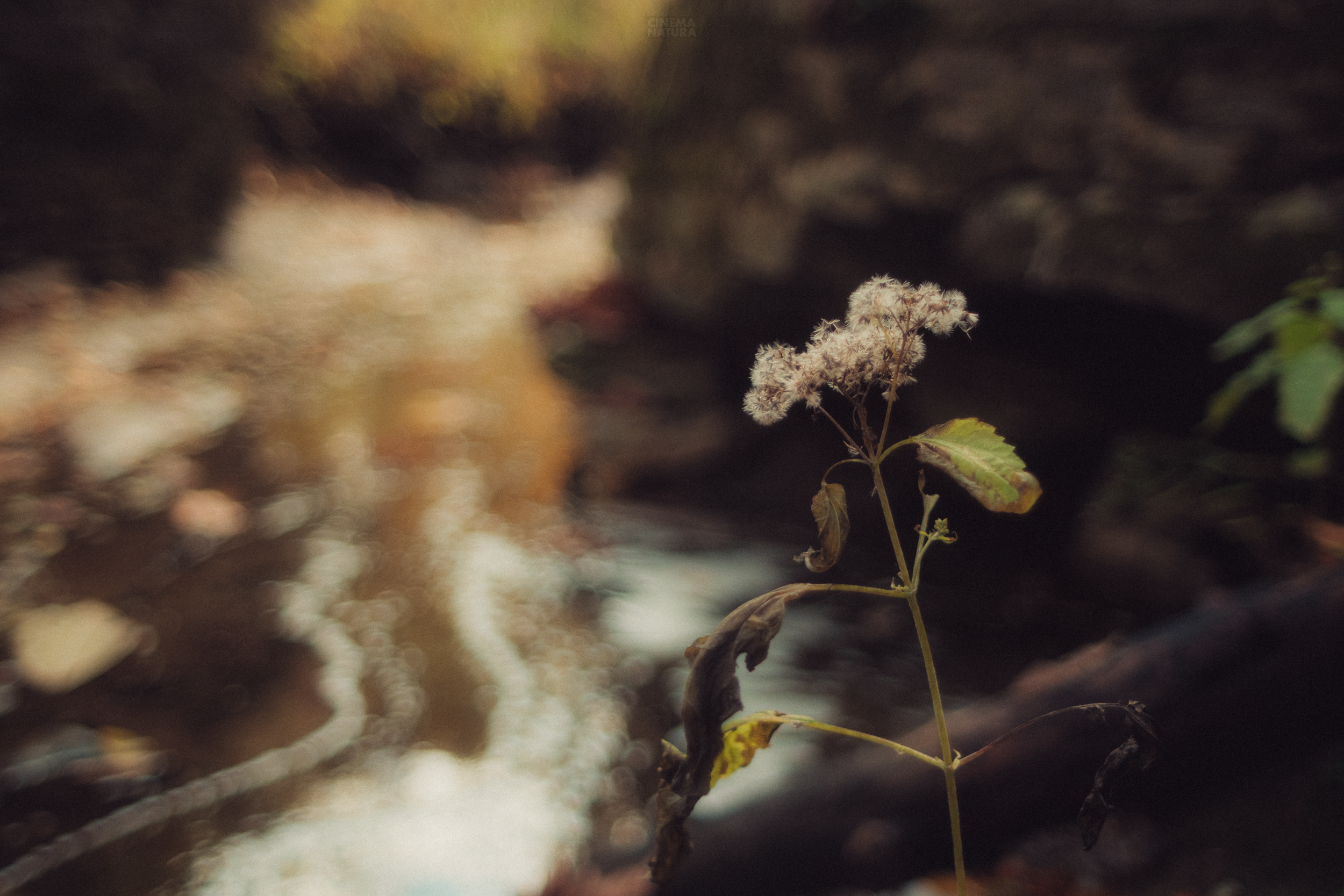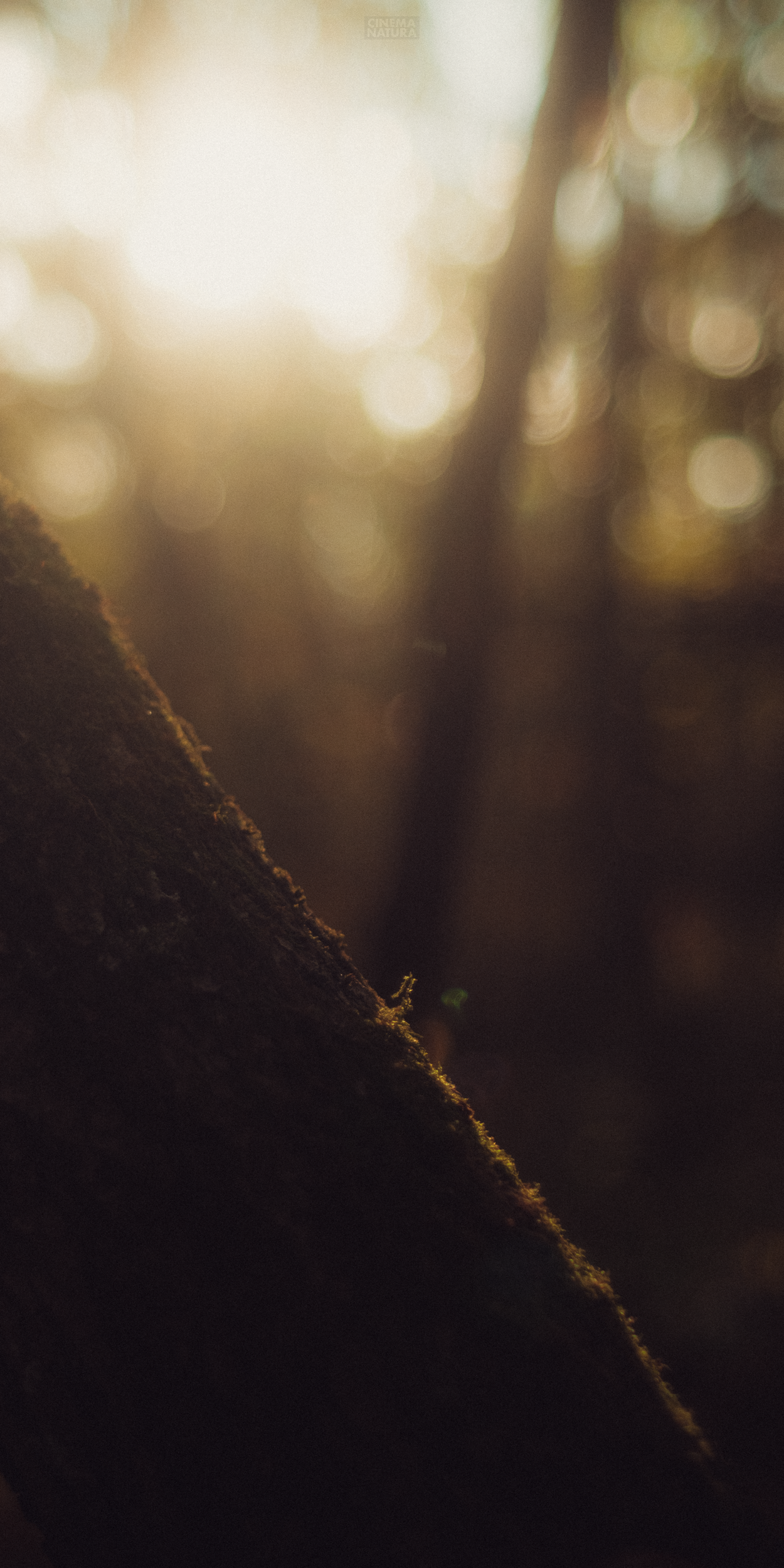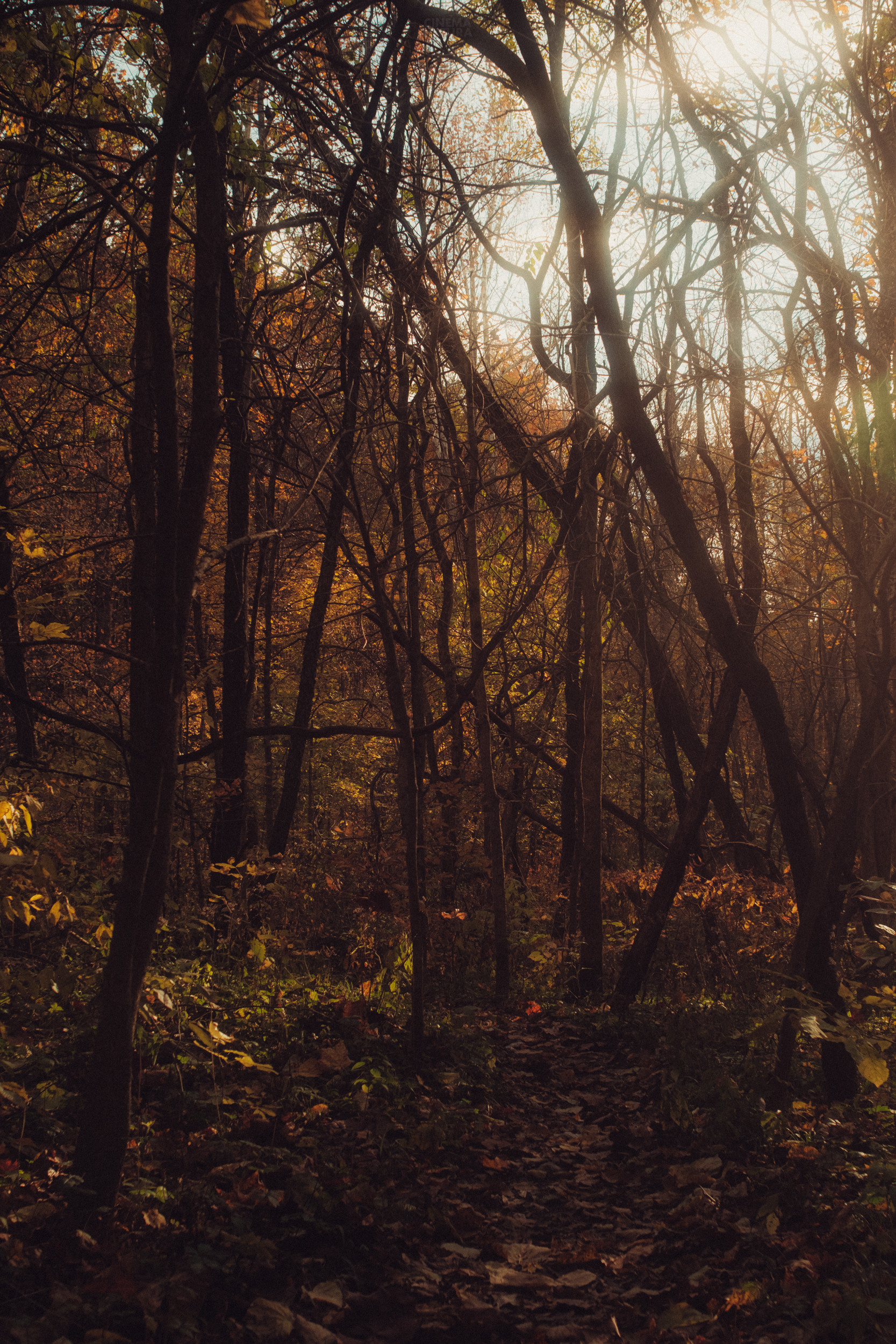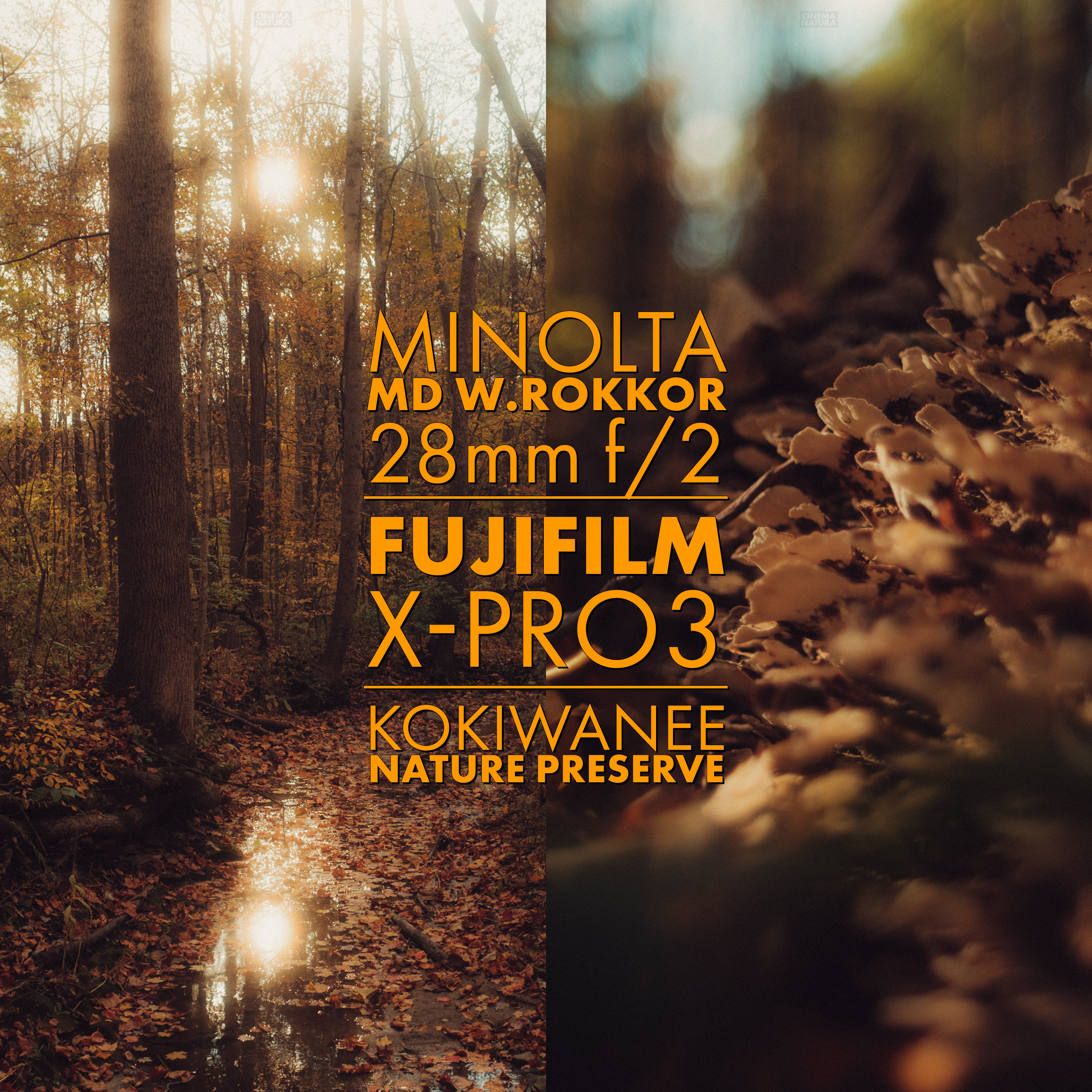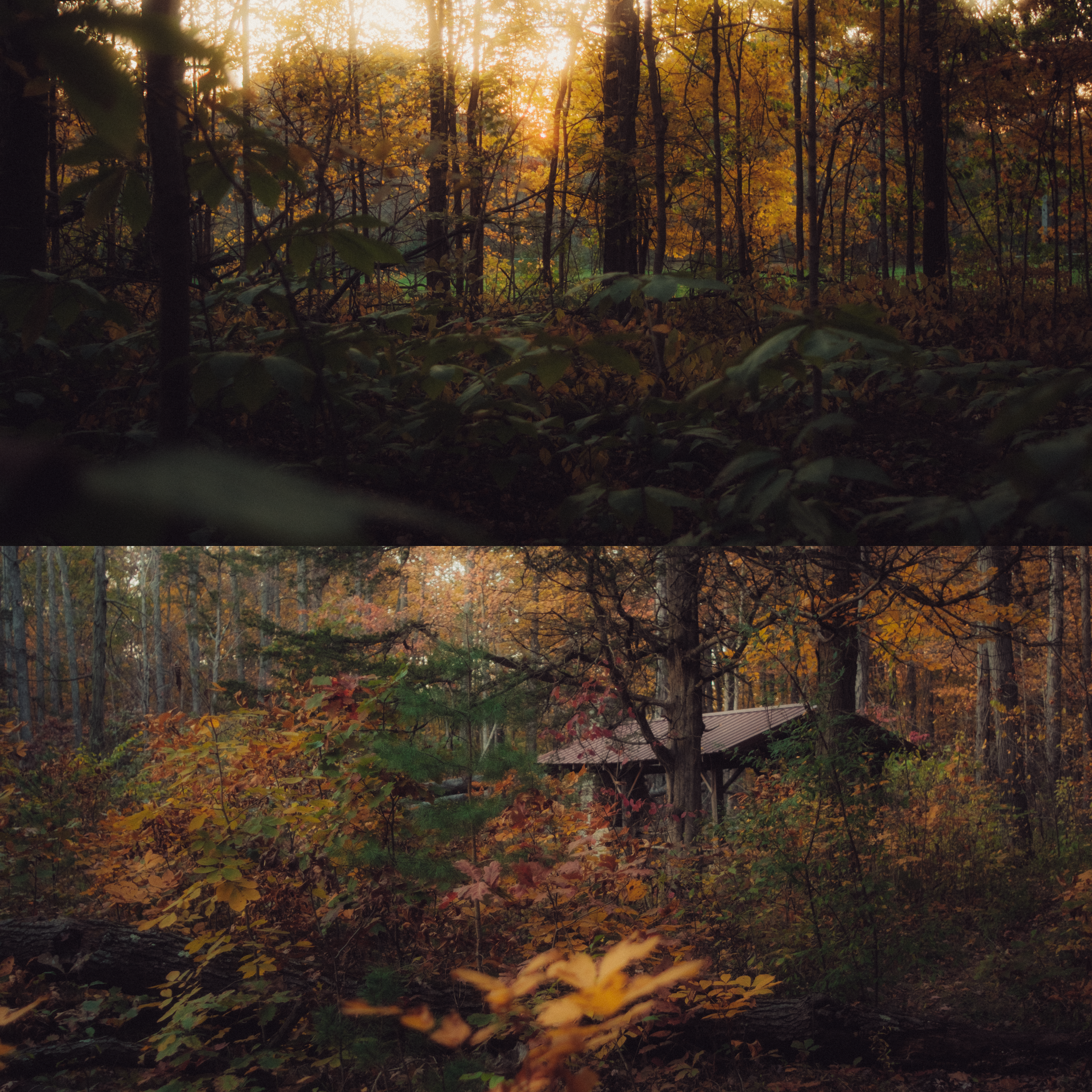The Minolta MD W.Rokkor 28mm f/2 + The Fujifilm X-Pro3 @ Kokiwanee Nature Preserve
AFFILIATE DISCLAIMER:
You help support this site by using my affiliate links and buying gear; after which I might make a small percentage of your purchase in return as ‘commission’. These links help to maintain Cinema Natura’s aesthetic integrity by removing the need for ugly, obtrusive advertising.
Never fear, though, as I have paid for all of my own gear, out-of-pocket, after my own research and testing. I only recommend products I personally use and trust.
As an Amazon Associate, I earn from qualifying purchases.
GEAR + PROCESSING:
Minolta MD W.Rokkor 28mm f/2
Fujifilm X-Pro3 (APS-C)
Urth lens adapter - Minolta MD lens mount to Fujifilm X camera mount
Hoya Black Mist diffusion filter
Processed in Adobe Lightroom Classic
FEATURED PRESET:
Early November in Indiana. We’re finally gifted with a bit of Fall color. The weather is beautiful. 50s. Sunny. Not much wind.
It’s my first time visiting Kokiwanee Nature Preserve. Situated in rural Indiana, Kokiwanee - like an oasis in the desert - is surrounded on all sides by farm fields (corn and soy beans, no doubt). The entrance is a small pull-off with an unassuming sign. I’m sure most people who drive by have no idea that they’re passing a hidden gem of nature.
On the Fujifilm X-Pro3, which has an APS-C sensor, the Minolta MD W.Rokkor 28mm f/2 has a horizontal angle-of-view of ~46.4°, which is pretty close to the ‘average’ human angle-of-view of 45°. Vertically, the Minolta has an angle-of-view of about 31.9°, which is close to the telephoto, or ‘focused’ end of human perspective, which is around 30°. On APS-C, 28mm is roughly ‘equivalent’ to a 42mm lens on a 35mm format camera, which makes it a ‘standard’ lens on the Fuji.
In other words, the Minolta MD W.Rokkor 28mm f/2 is a very straightforward and non-dramatic lens on the Fuji. That isn’t to say that it’s a boring or bad lens; just that you aren’t going to be amazed by the simple and non-gimmicky perspective that it provides. Photographic skill is a pre-requisite in making a striking photo with this lens on APS-C.
At Kokiwanee, the ‘Little Fox Trail’ takes you through a variety of ecosystems with different trees, fungi, flowers, vines, and rolling hills. (Oh, and lots of mud.)
I saw only one other person on my hike. A trail runner with his husky dog companion. Neither of them noticed me taking photos down in the water.
Much of the trail follows a meandering creek, which at one point falls ~5 meters over a rocky cliff face as ‘Kissing Falls,’ the primary draw for many hikers. I take a few long exposures of the falls by placing my Platypod on some rocks in the water, but the resulting images are a bit underwhelming for a number of reasons. Oh well. Nevertheless, one of the long exposures is in the gallery below.
The creek empties into Salamonie River, which runs along the southern edge of the preserve. It’s around here that I walked back and forth for close to a half hour, looking for where the designated trail continues around the waterfall. (Insert confused John Travolta in Pulp Fiction meme.) Kokiwanee is a nice preserve, but there’s very little signage. I never found where the intended trail continued, but I did see a nearby parking area from the top of the hill. I somehow managed my way over to the lot without slipping in the mud and falling down the deceptively steep hills.
From there, I connected with the trail that follows the river along the southern edge. After that, I only lost the trail one other time.
The Minolta MD W.Rokkor 28mm f/2 looks and feels large on the Fujifilm X-Pro3. Not too large, though. And luckily, due to its plastic body, it’s not too heavy, either. All things considered, I find it to be a comfortable lens on the Fuji, although it is quite large for a 28mm. Nevertheless, I didn’t find the setup to be too much of a hindrance while I was climbing along muddy hillsides.
The Minolta’s short focus throw (<90°) is still too short, but it’s easier to handle on the X-Pro3 than on the Leica SL thanks to the Fuji’s APS-C crop factor and resulting higher magnification. By that, I mean it’s much easier to see where the focal plane is and to ensure focus.
The 28mm is just wide enough to capture long shots of the scene. On the other hand, it’s also tight enough - and the f/2 aperture fast enough - to gift some nice separation when working near a subject. While 28mm on APS-C isn’t a dramatic perspective in any way, it’s actually rather versatile. As a result, the gallery contains a delightful mixture of shot types.
All photos were shot at f/2 or f/5.6.
I edited the photos in Adobe Lightroom Classic. The resulting preset package - “Foxtrot 400” - can be used in Adobe Lightroom Classic, Lightroom, Lightroom Mobile, Photoshop, and anywhere else where Adobe Camera Raw is integrated. This means you can use the preset on your desktop or mobile!
The scene’s beautiful, warm Fall coloring heavily influenced my processing approach because I knew I wanted to lean into those warm colors and bring them out as much as possible. The result is a style that is satisfyingly warm all over while still having some color contrast.
Early prototypes of “Foxtrot 400” brought Kodak Portra 400 to mind. Portra 400 is one of the most versatile and beautiful film stocks, which is no doubt why it’s still so widely used today. So, I looked at hundreds and hundreds of photos of Portra 400 and made pages of notes on the color characteristics. The end result is a style that looks - and more importantly feels - like Portra 400 while maintaining some unique characteristics.
I absolutely love “Foxtrot 400,” and I sincerely hope that you do, too.
Thank you for reading.





